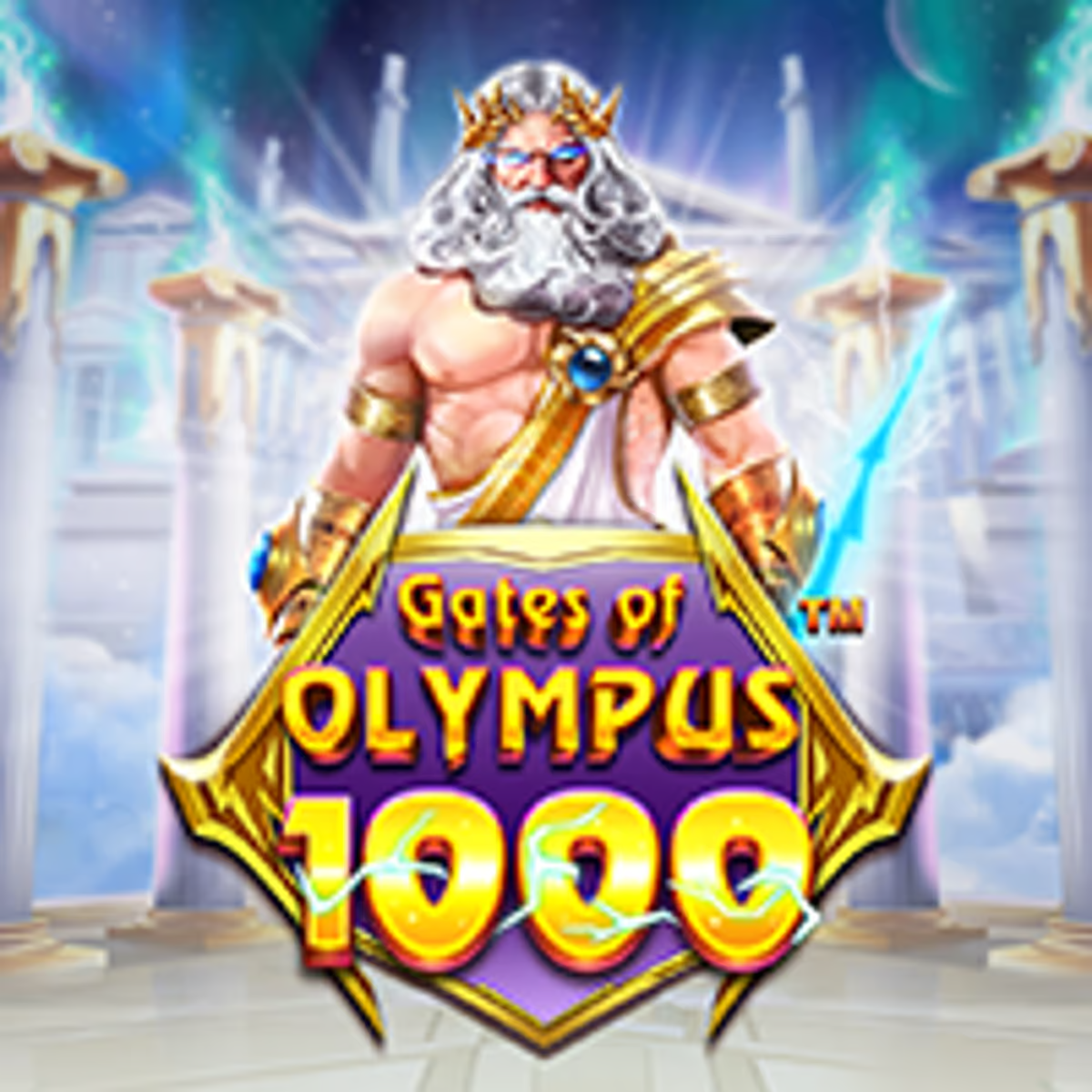
Aerox88

Aerox88
Aerox88 pusat game online terlengkap kini hadir dengan tampilan baru dan kemudahan menang besar 98%, daftar sekarang.

Aerox88 menggunakan server luar negri resmi yang menjamin pengalaman bermain fair play terbaik.
Aerox88 merupakan official partner beberapa provider slot terbesar sekaligus seperti Pragmatic Play, PG Soft, Habanero, dan lainnya.
Hanya di Aerox88 anda bisa mendapatkan bonus melimpah tanpa batas yang sangat menguntungkan.

Gates Of Olympus
Game slot viral dari Pragmatic Play dengan petir x500 dan paling gampang menang.

Mahjong Wins 3 Black Scatter
Slot scatter hitam dari Pragmatic Slot bertema mahjong dengan bonus fitur melimpah.

Mahjong Ways 2
Slot Pg Soft Mahjong Ways 2 menjadi game slot terbaik dari tahun - ke tahun hingga saat ini.